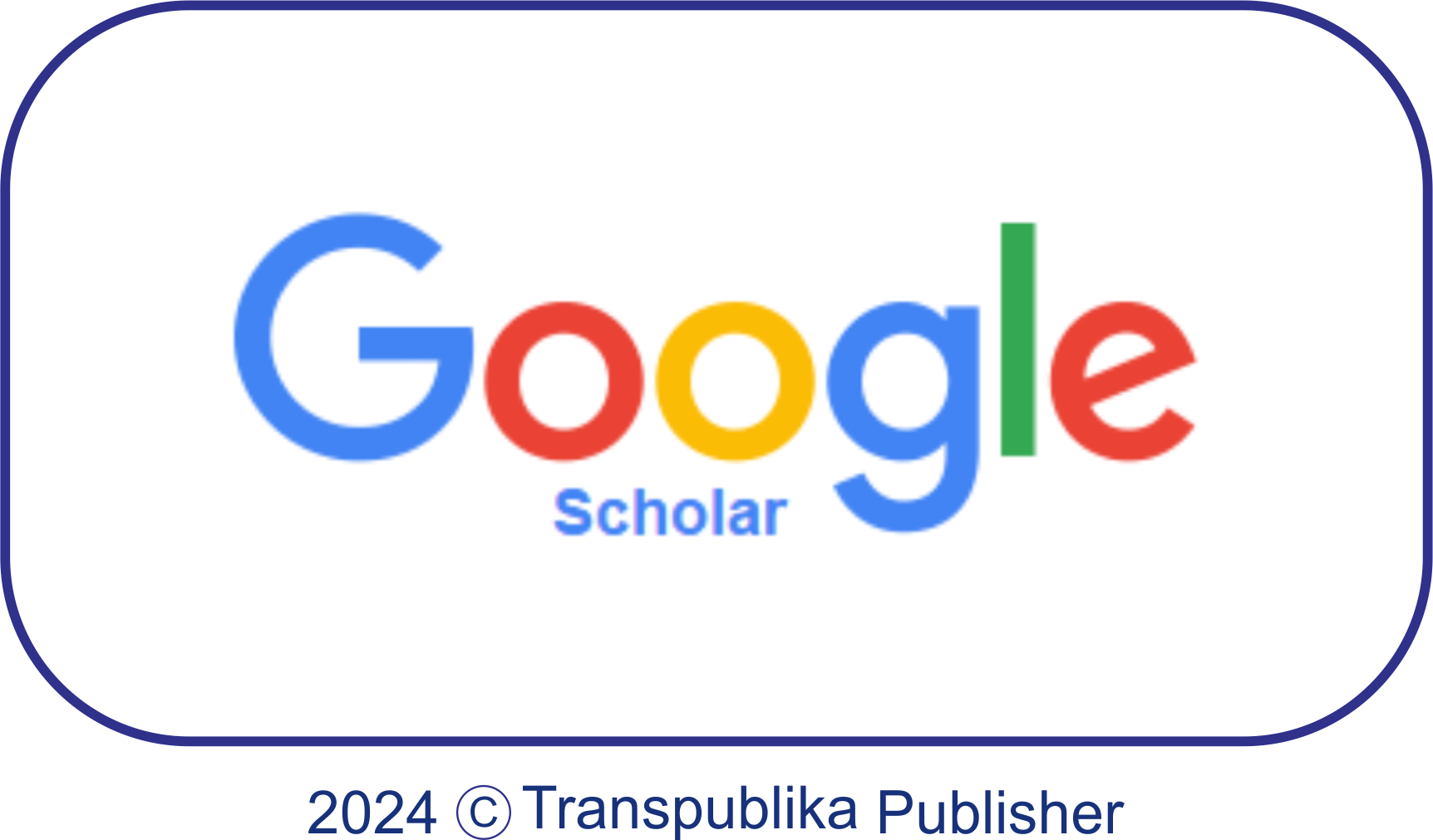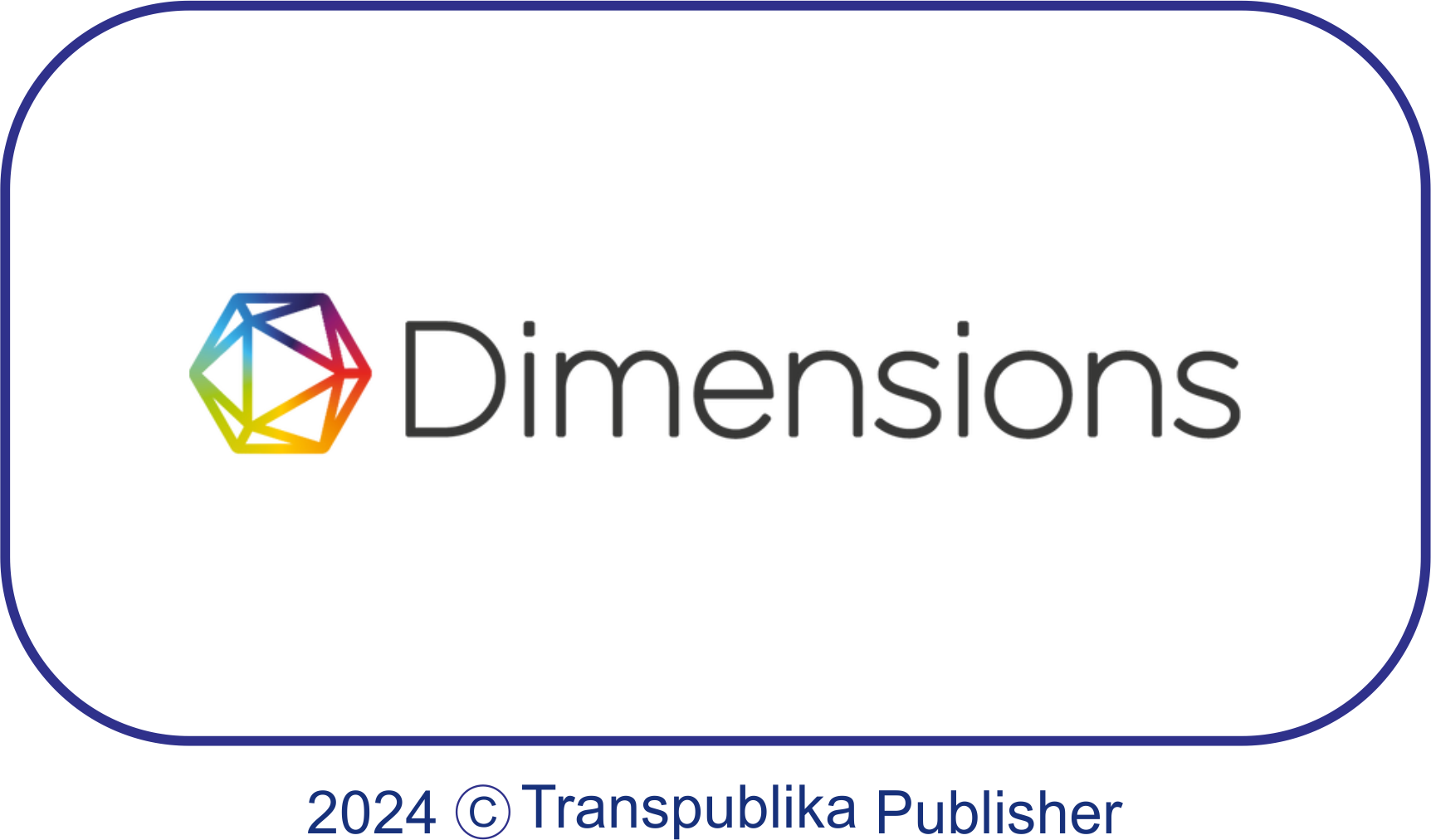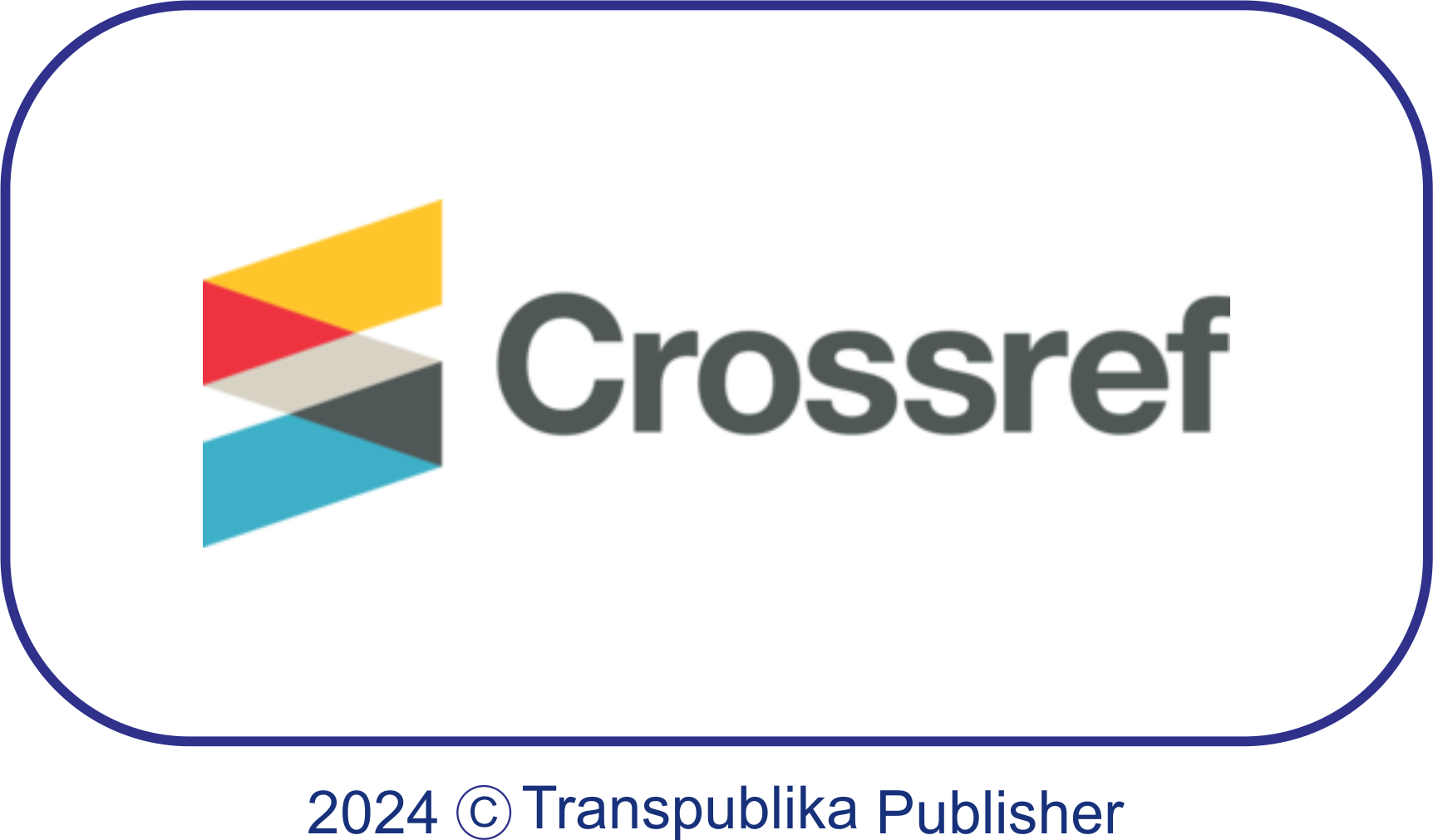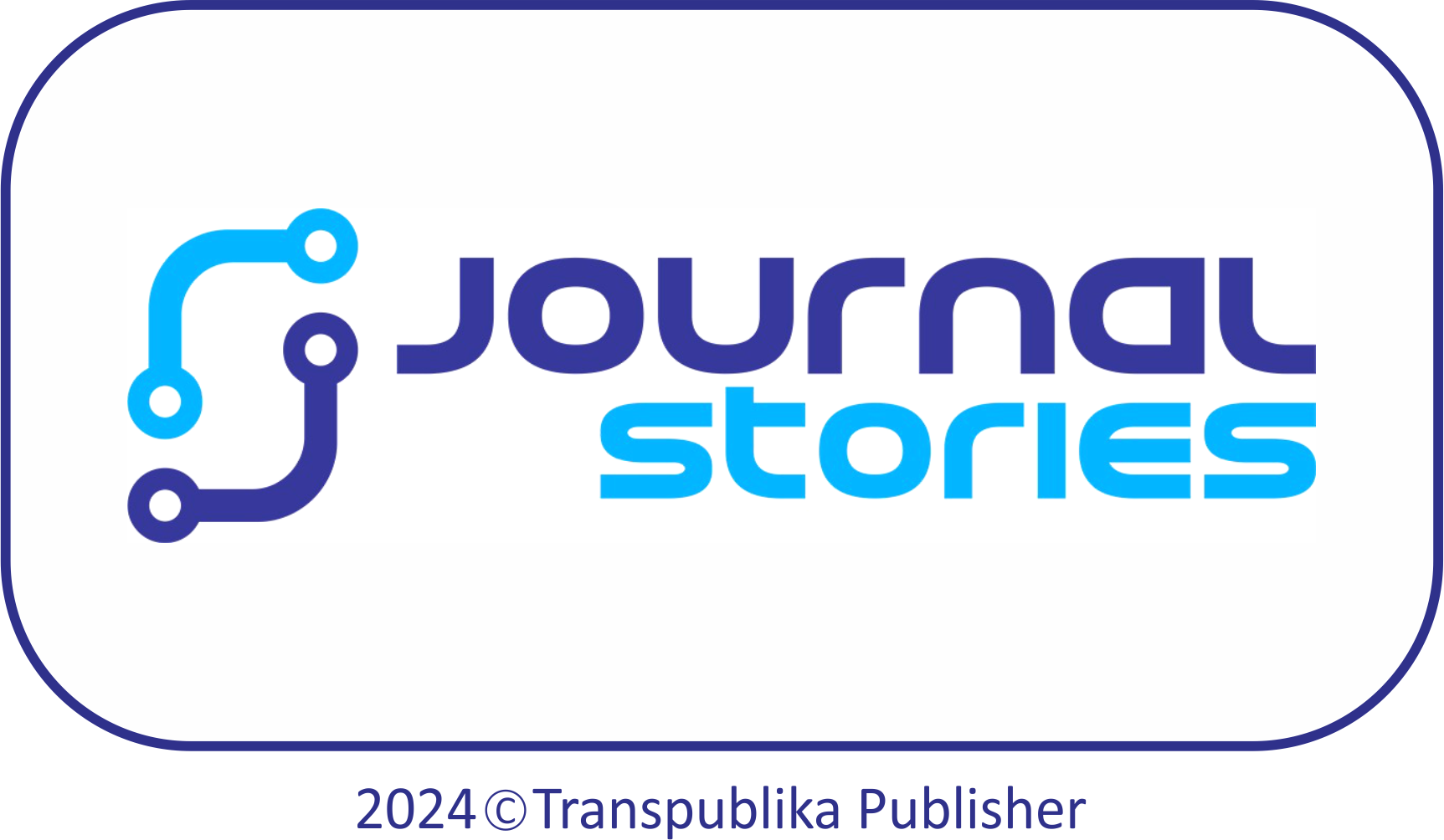PENGEMBANGAN EVALUASI FORMATIF PADA SISWA KELAS 5 SDN PORIS PELAWAD 5
Abstract
This article is a theoretical study of the development of formative evaluation in 5th grade students at SDN Poris Pelawad 5. This study aims to find out and describe empirically about: Aspects, techniques and procedures for class assessment carried out by teachers and students in 5th grade at SDN Poris Pelawad 5. Educators' use of assessment tools is crucial to the success of their lessons. Teachers' abilities to manage their classrooms effectively and to select instructional strategies, media, materials, etc. that will inspire their pupils to learn can be enhanced through evaluation. And also, teachers can gauge their pupils' progress through evaluation. Hence, teachers need to ensure that assessment procedures are carried out effectively. Assessment, assessment methods, and assessment procedures are all part of the Scriven-created formative evaluation paradigm used in this qualitative study. The ADDIE model is an all-purpose instructional design framework that may be applied to both face-to-face learning settings and online learning environments. Instructional resources with a detailed explanation of the material's strengths and weaknesses, used both to guide instruction and assess progress toward learning outcomes are an integral part of any successful educational program.
References
Aldoobie, N. (2015). ADDIE model. American International Journal of Contemporary Research, 5(6), 68–72.
Az-Zahroh, S. F., Thaariq, Z. Z. A., Surahman, E., Widyasari, C. M., Qolbi, M. S., & Diana, R. C. (2019). Developing ethic game (Ethnomathematics Game): The instructional media of culture mathematics with tringo by Ki Hadjar Dewantara. JPP (Jurnal Pendidikan Dan Pembelajaran), 26(2), 43–50.
Daryanto, H. M. (1999). Evaluasi pendidikan: komponen MKDK. PT Rineka Cipta.
Huljannah, M. (2021). Pentingnya proses evaluasi dalam pembelajaran Di sekolah dasar. EDUCATOR (Directory of Elementary Education Journal), 2(2), 164–180.
Kusnandar, K. (2013). Pengembangan bahan belajar digital learning object. Jurnal Teknodik, 583–595.
Octaviani, S. (2017). Pengembangan bahan ajar tematik dalam implementasi kurikulum 2013 kelas 1 sekolah dasar. EduHumaniora| Jurnal Pendidikan Dasar Kampus Cibiru, 9(2), 93–98.
Prastowo, A. (2011). Panduan kreatif membuat bahan ajar inovatif. Yogyakarta: DIVA press.
Setyosari, H. P. (2016). Metode penelitian pendidikan & pengembangan. Prenada Media.
Stufflebeam, D. L., & Shinkfield, A. J. (2007). Evaluation Theory, Models, and Applications. San Francisco: Jossey-Bass, 2007.
Sumanto. (2008). Pendidikan Seni rupa Di PGSD (Tindakan Kelas Melalui Media Gambar). Malang: FIP UM.
Thaariq, S. M. H., & Fuadi, C. (2020). Pengaruh Pemanfaatan Lingkungan Alam Sekitar Sekolah sebagai Sumber Belajar terhadap Pemahaman Konsep Siswa. Bionatural: Jurnal Ilmiah Pendidikan Biologi, 7(2).
Wijaya, AWijaya, A. (2011). Pendidikan Matematika Realistik. Yogyakarta: Graha Ilmu.
Copyright (c) 2023 Ria Rosita, Santi Safitri

This work is licensed under a Creative Commons Attribution 4.0 International License.


1.png)



.png)


.png)
.png)






.jpg)








